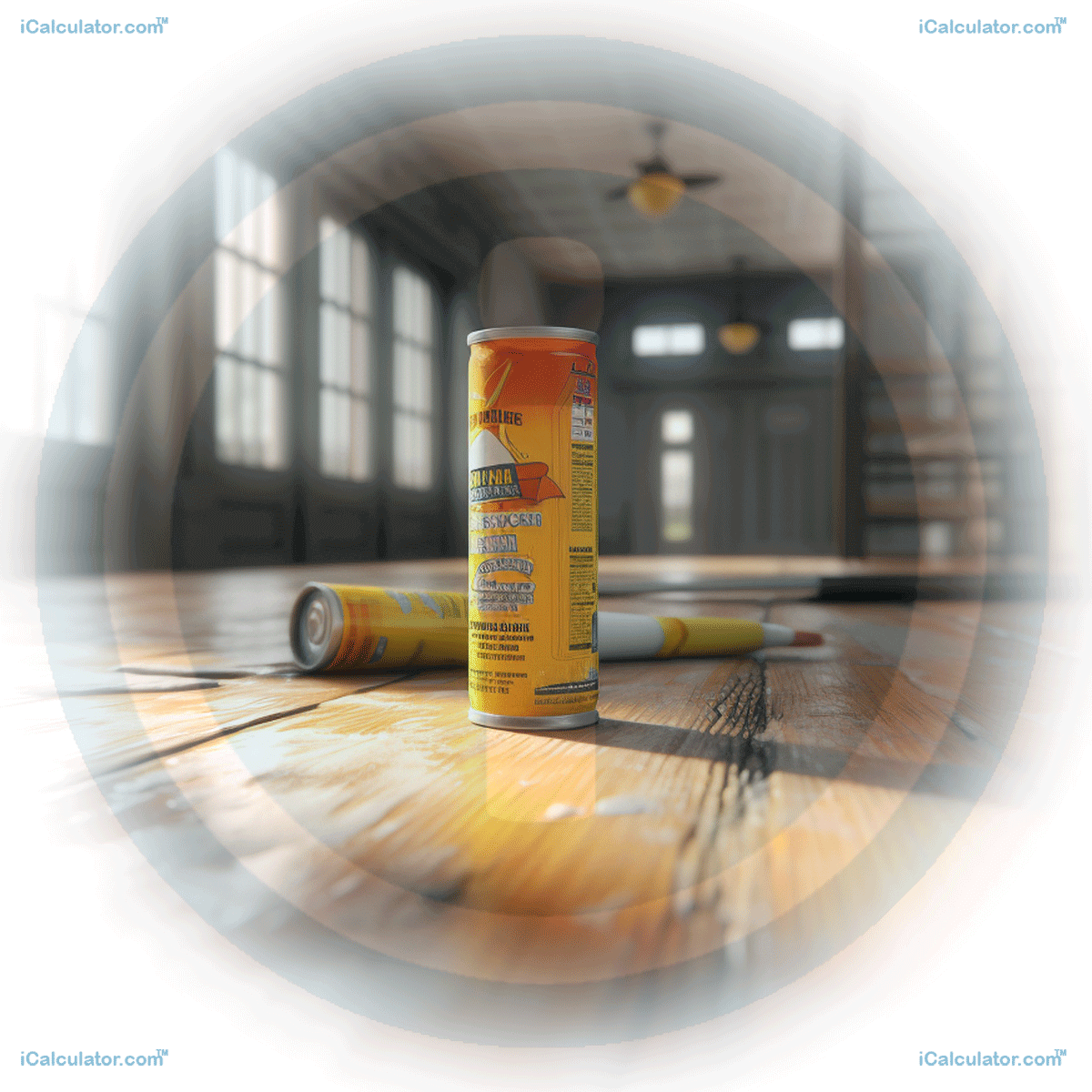Menu
Caulking Usage Calculator
Please provide a rating, it takes seconds and helps us to keep this resource free for all to use

Caulking is a sealing process used in construction and engineering to seal joints or seams in various structures and piping. Understanding the correct usage of caulking, including how much to use based on the bead depth and width, is critical in ensuring the longevity and weather resistance of buildings. This knowledge is grounded in the field of Physics, particularly materials science and fluid dynamics.
| Inches | |
| Inches | |
| Per 10.3 Ounce Tube = |
Example Formula
To determine the amount of caulk needed for a project, one can use the following formula:
Where:
- V is the volume of caulk needed in cubic inches (in3).
- L is the length of the seam or joint in inches (in).
- W is the width of the caulk bead in inches (in).
- D is the depth of the caulk bead in inches (in).
Impact on Society
The understanding of caulking usage has greatly improved the efficiency and effectiveness of sealing processes in various industries. It has not only helped in reducing the waste of materials but also significantly improved the quality of constructions, thereby enhancing the safety and durability of buildings and structures. In addition to construction, this knowledge is relevant to many other fields, including automotive, shipbuilding, and even in aerospace applications.
Real Life Application in Industry
In construction and home improvement, caulking is frequently used to seal gaps in windows, doors, and plumbing to prevent water intrusion and heat loss. In the automotive industry, it's used to seal joints and prevent leaks in various parts of vehicles. In shipbuilding, caulking is vital for making the vessel watertight and seaworthy. Moreover, in aerospace, it's used to seal joints and seams on spacecraft and aircraft, ensuring structural integrity and resistance to harsh environmental conditions.
Key individuals in the discipline
While the concept of caulking and the associated calculations are an accumulation of knowledge over many years and no single individual can be credited, the work of individuals like Frank Ofeldt, who patented the first steam-powered pressure washer, and Richard A. Hotsy who enhanced the design of the pressure washer, have contributed significantly to modern caulking techniques by providing tools that can apply and remove caulk effectively.
Interesting Facts
- The use of caulking dates back to ancient times, with the first recorded use by the Greeks in the construction of their wooden ships.
- Caulking doesn't just seal gaps, it also has thermal and acoustic insulation properties.
- Modern science has led to the development of various types of caulks suited to different environments and materials, from acrylic and silicone to butyl rubber caulk.
Conclusion
Understanding the usage of caulking and the factors affecting its application is essential for a variety of industries, from construction to aerospace. By understanding how to calculate and optimize the use of caulk, engineers and other professionals can ensure the efficiency, sustainability, and longevity of various structures and systems.
Engineering Calculators
You may also find the following Engineering calculators useful.
- Radio Frequency Power Density Calculator
- Tv Monitor Viewing Distance Calulator
- Specific Work Calculator
- Rafter Length Calculator
- Tire Diameter And Circumference Calculator
- Solenoid Coil Electromagnetic Force Calculator
- Attic Fan Ventilation Calculator
- Mechanical Advantage Of A Screw Calculator
- Concrete Slab Pour Volume Calculator
- Calculators
- Figure Of Merit Calculator
- Wire Diameter Calulator
- Potential Flight Time Calculator
- Bolt Pattern Calculator
- Wheel And Tire Motion Calculator
- Spiral Transition Curve Tangent Angle Calculator
- Bollard Pull Calculator
- Concrete Footing Yard Calculator
- Vehicle Speed Breaking Distance Calculator
- Led Energy Savings Calculator